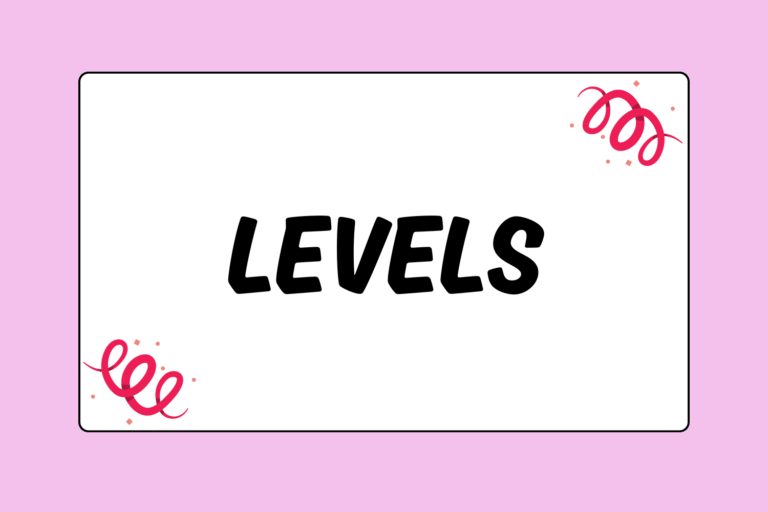One of the first things a gymnast learns is the proper way to tuck their head and roll forward. This simple skill is known as a forward roll. Once you add a running punch and your body takes flight, you’re now performing a much more difficult skill: The dive roll.
The dive roll is an intermediate skill that requires a gymnast to fly through the air without touching the mat. This is the first in-flight skill a gymnast conquers, so read on if you want to learn the necessary steps and progressions.
Learning the Technique
The dive roll is an exciting skill that can be broken down into four steps. The following section explains each of these steps in detail.
Step 1: The Approach & Punch
When learning the dive roll, it’s important that you get the correct amount of power and a strong punch off the mat. Take at least five steps before you begin your punch. Since this skill requires more power than a forward roll, make sure your body is tight as you punch off the mat. A strong punch should always have:
- Your arms up, biceps squeezing your ears, and elbows straight.
- Your body tight, with your stomach pulled in and buttocks tightened.
- Your legs together and toes pointed.
Hot Tip: Push Through Your Toes
Your toes should be the last part of your body to leave the floor when punching off the mat. You can test this theory in two easy steps by standing in front of a mirror and practicing your punch. As you leave the mat, try keeping your body loose and feet flexed or flat. Now try again with your body tight and toes pointed as you push through your toes. Notice how you get much more spring when you push off your toes.
Step 2: In-flight
When beginning the in-flight portion of your dive roll, think of yourself as jumping out instead of up. Driving your heels upward with a strong heel drive will help you get the distance you need. Moreover, remember to keep your body tight, chest hollow, and chin tucked to your chest. Don’t allow your body to pike through the dive roll – keep it stretched out as if you were flying. At this point, neither your hands nor feet should touch the mat.
Step 3: Proper Landing
As your hands begin to reach for the floor, allow the impact of your flight to be cushioned by your hands and arms. Begin to roll forward, allowing yourself to roll onto your shoulders. Don’t allow yourself to land on your head. Doing so could cause a serious neck injury. Keep your legs as straight as possible until you’re about to stand up.
Step 4: The Finish
Continue with your forward momentum. As you roll over and begin to stand, bend your legs and reach out in front of you. Imagine that you’re stretching out for something in front of you, and then lift your body off the mat. Don’t use your hands to push yourself up. Once you’re back in a standing position, your arms should be lifted up with your biceps squeezing your ears. Stand up straight and keep your eyes forward.
Common Mistakes
Here are a few mistakes that can keep you from achieving a successful dive roll:
- Jumping up or down instead of out when beginning the dive roll.
- Not elevating off the mat by allowing your feet or hands to stay in continuous contact with the mat.
- Not keeping your body hollow throughout your dive roll.
- Forgetting to tuck your chin to your chest, and landing on your head instead of your shoulders.
- Pushing your body off the floor with your hands, or crossing your feet when standing up out of your dive roll.
Mental Edge
Most gymnasts will tell you that “sticking the landing” is one of the most difficult things to master in the sport. When performing a dive roll, you should visually spot both your entry and your finish. For your entry, find the spot where you want your hands to land. For your finish, find a spot on a wall in front of you that is just above your eye level.
Dive Roll Progressions
Pushing yourself to master each progression in gymnastics will not only make you stronger, but it will also make you a better gymnast. These are some of the progressions needed for your dive roll.
- Forward rolls: Learning this basic skill without bad habits will improve your dive roll. Try doing your forward roll with legs tucked and proceed to doing them with your legs piked.
- Handstand heel drives: Keeping your legs together, lower your hands to the floor and jump your feet up to a handstand.
- Handstand forward roll: From a lunge position, kick up to a handstand and hold. Once you have control, fall forward keeping your arms and legs straight as you roll out. Return to a standing position.
Drills
The following sections break down three drills that will put the finishing touches on your dive roll.
Run, Punch & Jump
The following drill builds overall body strength and will help you learn the approach and punch.
Begin this drill by taking one step and then punch off the mat into a straight jump. Remember to keep your arms up, squeezing your head. Keep your body hollow throughout the motion. Add more steps as you master this drill until you’re running into the punch.
Springboard Forward Rolls
The following drill teaches you to stretch out and get distance on your dive roll.
Put a springboard in front of an eight-inch mat. Stand on the springboard, reach out, and jump into a forward roll. Once you have mastered that motion, add a run and punch off the springboard into a forward roll. This drill can be taken even farther by putting an octagon – small or large – on the eight-inch mat. Doing so forces you to push off, stretch, and reach out over the octagon.
Dive Roll Castle
The following drill is designed to keep you from going into a pike position during your dive roll. It also forces you to drive your heels and keep your body stretched out as you start your dive roll.
Put a springboard in front of an eight-inch mat, and line up a few foam blocks on the mat. Run and punch off the springboard into a dive roll. Each time you clear the foam blocks without knocking them over, add more blocks until you can clear a stack of foam blocks or a castle.
Hot Tip: Make It Fun
Get a group of your fellow gymnasts and turn this drill into a game. The gymnast who can clear the biggest castle will get some type of reward. Remember to keep your body tight and hollow. If you pike your body, you might knock the castle over and land flat on your back.
Practice & You Will Fly
A dive roll is the first in-flight skill you learn as a gymnast. This skill may seem a bit intimidating at first, but with some drills and small progressions, you’ll get stronger and soon perfect the technique. Take your time on each step and don’t let yourself move forward with any bad habits. Keep your body tight and maintain the correct body positions and you’ll be flying in no time.





